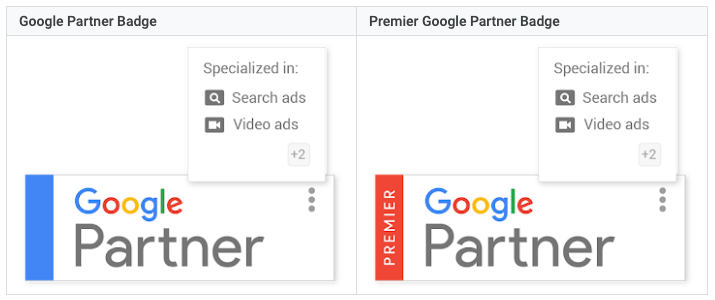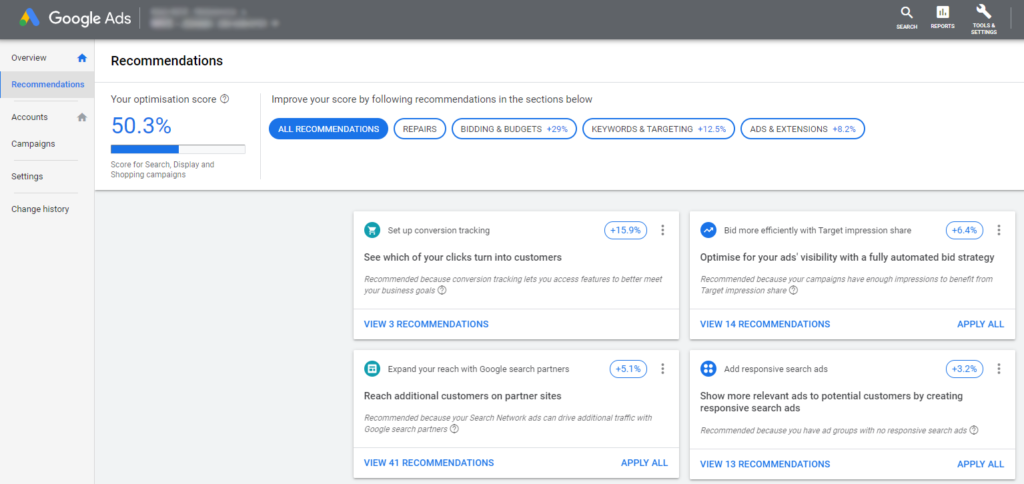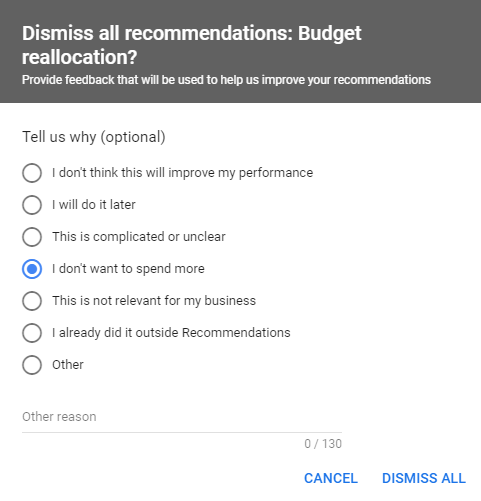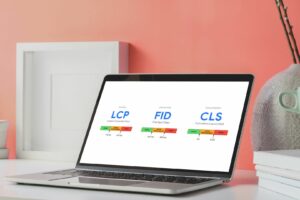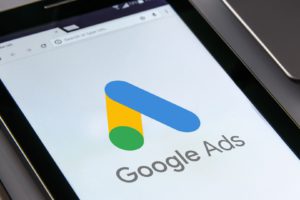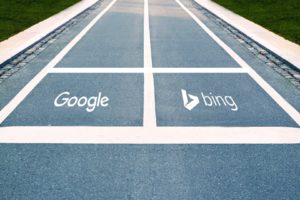Tighter criteria for the Google Partner Badge coming up
Google is going to introduce new requirements from June 2020 to earn the Google Partner Badge.
Google is going to introduce tighter criteria from June 2020 to earn the Google Partner Badge. This quality label has been around for a long time. Many online marketing agencies use this badge to show their knowledge, experience and to guarantee quality of service. The news broke about two weeks ago and has been met with some fierce criticism, especially from smaller agencies and freelancers.
What is going to change?
It is not the first time Google makes changes to the badge. Back in 2016, they added specializations you could visualize on a mouse-over. It was then they also introduced an extra ‘Premier’ Partner Status besides the regular blue badge. To apply for the Premier status, a company had to meet three requirements at all time: certification, ad spend and ad performance.
Source: Google
Although the main pillars for partnership remain, they will become more difficult to qualify for:
- 1. Performance: Where this was based on revenue growth and client retention, the focus will shift to your account optimisation score in the Recommendations tab of your account.
- 2. Ad Spend: This used to be US$ 10,000 over a 90-day period. From June this will double to US$ 20,000 over a 90-day period.
- 3. Certifications: Only one eligible user had to be certified up until now. From June onwards, 50% of eligible users have to be certified in the new Skillshop.
- 4. Specialisations: One or more specialisations were shown together with the Partner Badge (Search, Display, Shopping, Video). These will be replaced by ‘product capabilities’. It is unclear at this time what that means but probably it won’t be a massive shift. More likely this is strictly a kind of rebranding.
On top of this, Google will decide for itself to who it will give the ‘Premier’ status. They will review all participating companies on a yearly basis and grant the top 3% the ‘Premier’ badge.
Let’s dive a bit deeper in each criterium to see if you are affected and what you can do to comply with the new rules. It is very easy to check you partner status. Log in into your Google Ads account and click the tab ‘Partners programme’ in the left-side menu.
1. Performance
This first criterium is already causing some stir. Google is clearly pushing advertisers to apply more and more forms of automization. This includes smart bidding (like enhanced cost-per-click, CPA bidding, ROAS,…) but also smart creatives (Responsive Search Ads, Responsive Display Ads, Dynamic Ads,…). This does not come completely as a surprise. Google has been pushing its AI and machine-learning algorithms for a couple of years now. The advertising world roughly falls apart into two groups: believers and non-believers. Some advertisers dismiss these recommendations as useless, simply aimed at increasing ad spend. Others are seeing a significant improvement in results. You can check an account’s optiscore by clicking the ‘recommendations’ tab in any of your accounts.
The optiscore also includes a lot of best practices like conversion tracking, a minimum number of ads per ad group, ad extensions, account structure etc… Although there isn’t a clear benchmark here (contrary to ad spend or a number of certified users), a score somewhere between 70% and 80% should put you in the safe zone. Note it is also perfectly possible to dismiss recommendations. These can be recommendations related to ad spend (like target impression share or showing your ads in Google’s search partners networks). Things you can’t do if you have a limited budget. If you dismiss any recommendations, Google will recalculate everything and propose new recommendations.
This optiscore is very dynamic and can change almost every day. But it is true the recommendations are becoming increasingly more performant and the fact they are putting more emphasis on this indicates Google is getting an ever better understanding of what’s happening beyond the last-click.
2. Ad spend
Probably the most debated topic of all and the main argument that the new Partner Badge is simply about greed and money-making. Difficult to judge why Google does this. One can only assume that this is a shift of focus from the performance criterium where they no longer speak about company’s growth or client retention. But it can be daunting for smaller agencies or freelancers to find extra revenue on such a short notice.
3. Certifications
Google is doubling down here as well. The new requirement is that half of the eligible users in an account is certified for at least Search, Display, Shopping or Video with at least one users certified for all four. On top of that, eligible users have to qualify in the new Skillshop since certifications obtained in the legacy Academy for Ads won’t count beyond June 2020. This shouldn’t be an issue for experienced and regular users of Google Ads. Google identifies eligible users as anyone with either admin or standard access to an account. Users with read-only or e-mail access won’t be counted.
But again some people are encountering issues here. If it happens your MCC consists of a lot of campaigns you are managing but actually belong to your customer (that means if your customer’s credit card is in the billing profile), you can find quite an impressive list of eligible users. There are several ways to get around this but the best way is perhaps to grab the opportunity and to do a bit of clean-up. Aim for a limited number of eligible users with e-mail addresses belonging to your own company domain.
Conclusion
Not everybody is happy with these new rules of engagement but there is much more to the story than simply increasing ad spend. Larger and well-organized agencies who already have a significant spend in Google Ads, have a manager account or use consolidated billing will probably have an easier time to adapt compared to smaller agencies. From that point of view you could argue that these changes benefit the big players. However it can be an opportunity for smaller companies to streamline things and to standardize certain aspects of their organisation. And last but not least: it changes nothing to every individual Google Ads specialist who can still perfectly certify in the new Skillshop and show his capabilities on a public profile.

